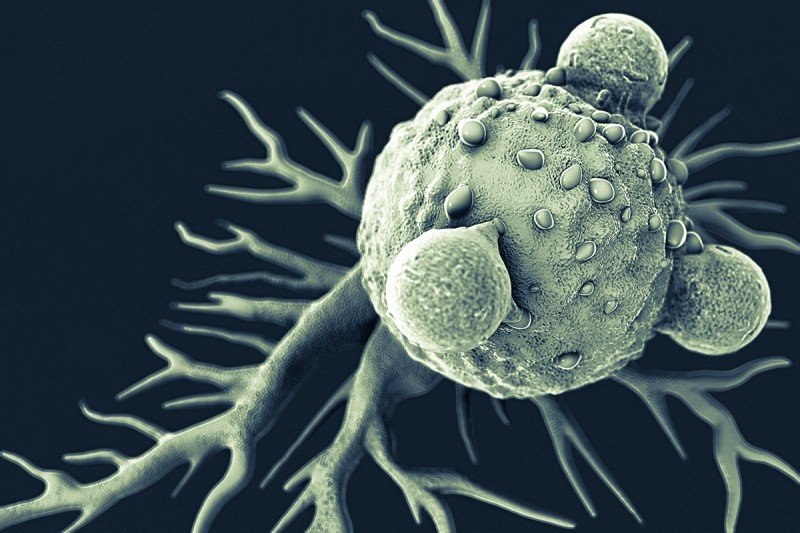
Before a cancer treatment is tested against the standard of care in a randomized phase III clinical trial, researchers initiate early-phase studies to answer a number of questions: Is the drug toxic? Are there biological signs (biomarkers) indicating that the drug hits its intended target?
TRX518, a monoclonal antibody designed to enhance activation of the immune system, was reported to be safe in people last year in the first-in-human trial. Now, Memorial Sloan Kettering research fellow Roberta Zappasodi presented data on clinical biomarkers and initial evidence of the mechanism of action of TRX518 in a plenary session at the 2017 American Association for Cancer Research Annual Meeting. Dr. Zappasodi works in physician-scientist Jedd Wolchok’s lab at MSK, where researcher Taha Merghoub is leading a collaboration with Leap Therapeutics, the pharmaceutical company developing TRX518.
Making the Connection
TRX518 is the first antibody that was designed to target GITR with the aim of boosting the body’s immune response against cancer.
With the understanding that GITR is expressed on T lymphocytes (a type of white blood cell), researchers collected blood from patients before and after treatment with TRX518 at different time points and looked specifically at those cells for any changes. They found that the frequency of immunosuppressive T lymphocytes, known as regulatory T cells (Tregs), dropped consistently. In particular, researchers observed that the more TRX518 a patient received, the more Tregs were reduced.
In addition, reductions in Tregs after therapy correlated with similar reductions of Tregs within the tumor itself in a subset of patients. Further analyses indicated that TRX518 directly causes Treg death, which explains why patients who were treated had fewer of them.
This connection between TRX518 and the reduction in Tregs in the blood and tumors of patients sends a strong message.
“We have a drug that preferentially removes effector Tregs from the blood and reduces immunosuppressive Tregs at the tumor site,” Dr. Zappasodi says. “Monitoring this effect in the blood prospectively will give us a measure of the biological activity of TRX518 and will likely predict changes in Tregs in tumors.”
Avoiding a Severe Side Effect
The principal idea behind immunotherapy is to train the body’s immune system to attack cancer cells. Because the main role of Tregs is to suppress the immune system, it makes sense that removing them could activate the immune system to fight cancer.
Removing all Tregs, though, could cause the body to attack itself — a side effect called autoimmunity. “We want to avoid that,” Dr. Zappasodi says. “In this study, we’ve learned that TRX518 can remove just one slice of Tregs: the Tregs that are more activated and are preferentially infiltrating the tumor.”
Asking More Questions
Dr. Zappasodi says there are several more questions that need answering.
“This finding needs to be verified and reproduced,” she says. “We also need to find out if Treg reduction can lead to a clinical outcome. If we analyze a patient’s blood and see that Tregs are going down, will that patient get better?”
Dr. Zappasodi also says she wants to further examine the underlying mechanism of TRX518 to understand how the drug removes Tregs in patients.
